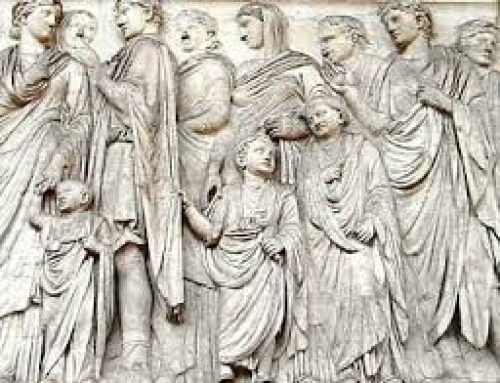
This is a cylinder. What can you find around your house that’s a cylinder?
A cylinder is a circle moved through space to make a solid form. The ends are circles that are in parallel planes, and the sides of the cylinder are the line segments that connect the circumferences of the two circles. Because the circular ends run parallel to each other, the connecting line segments have to be perpendicular to them.
To find the surface area of a cylinder, imagine that you have unrolled the cylinder (like taking the label off a soup can). This unrolled cylinder is shaped like a rectangle, so you can find its area by multiplying the height by the width. Here the width will be the same as the circumference of the circular ends, or 2πr, so the area of the rectangle will be 2πrh. Now you also need to find the area of those circular ends and add it on; 2πr + 2πr + 2πrh.
The volume of a cylinder is even easier; just figure out the area of the circle on the end and multiply it by the height of the cylinder: 2πr2h. That’s how much soup your soup can will hold.
More about Geometry
Bibliography and further reading about geometry:




